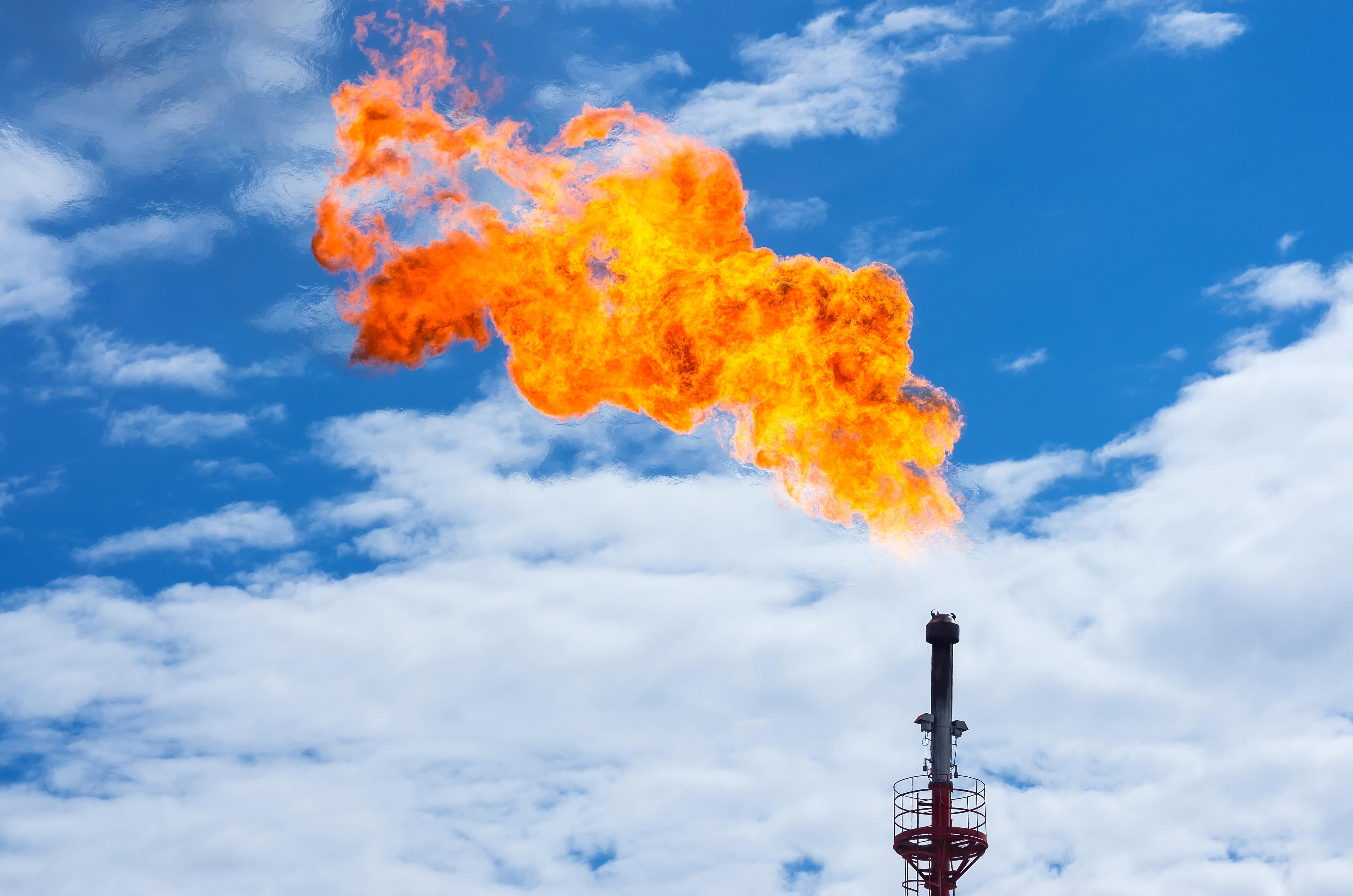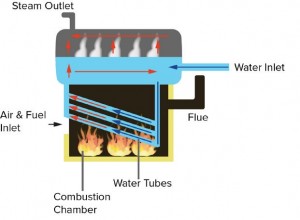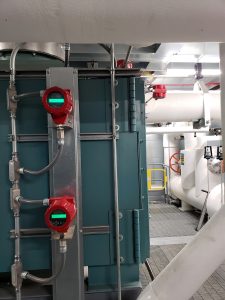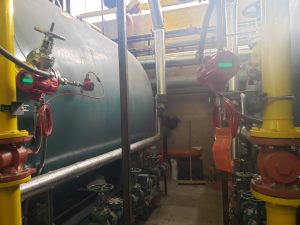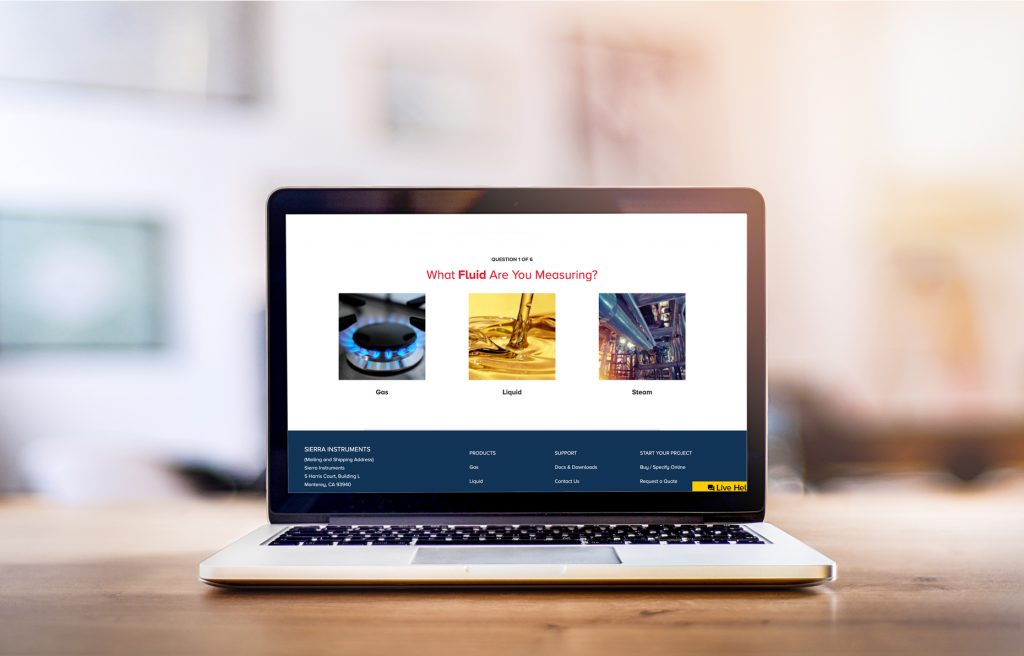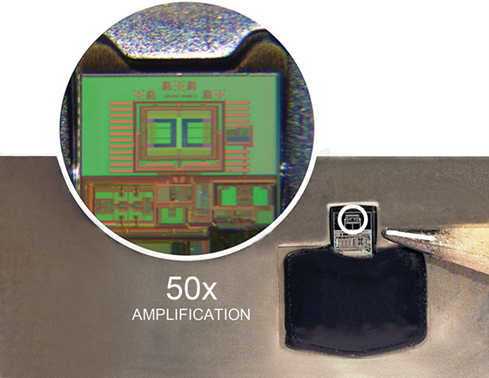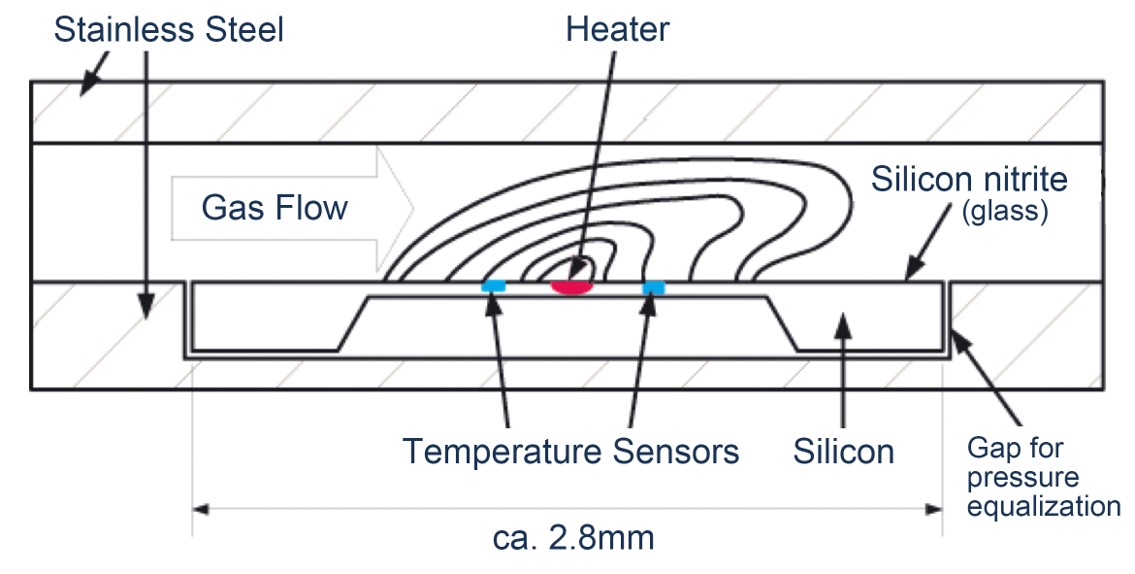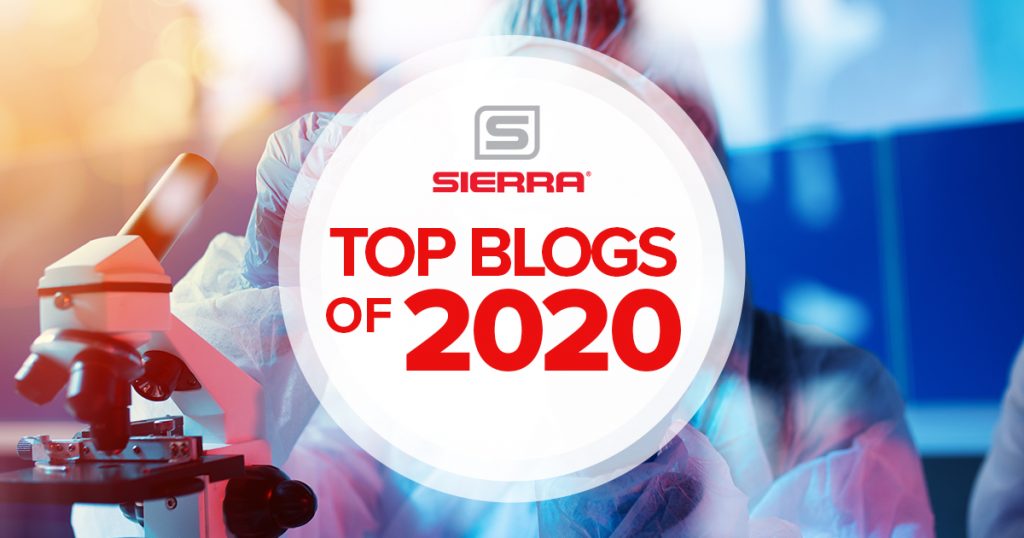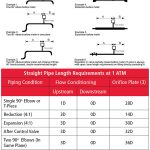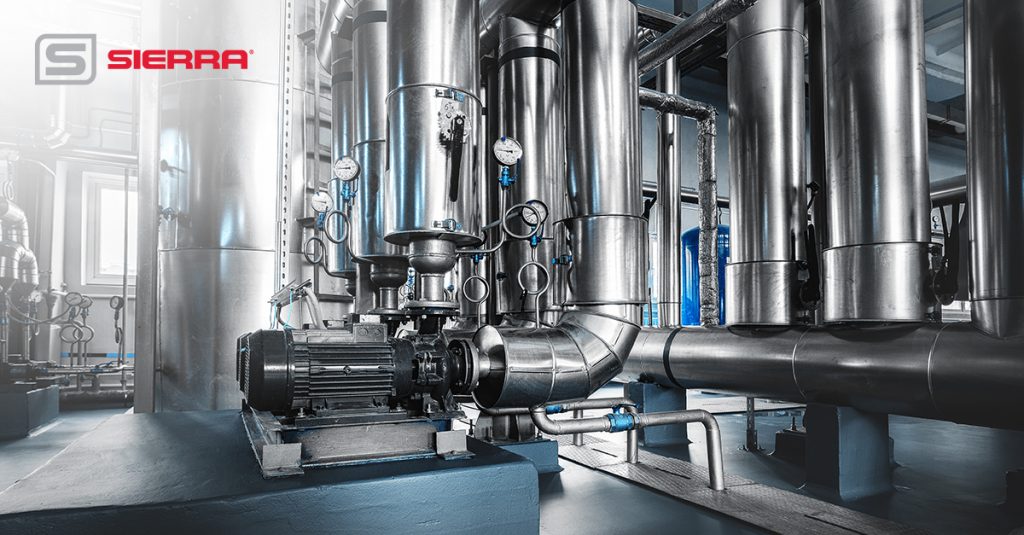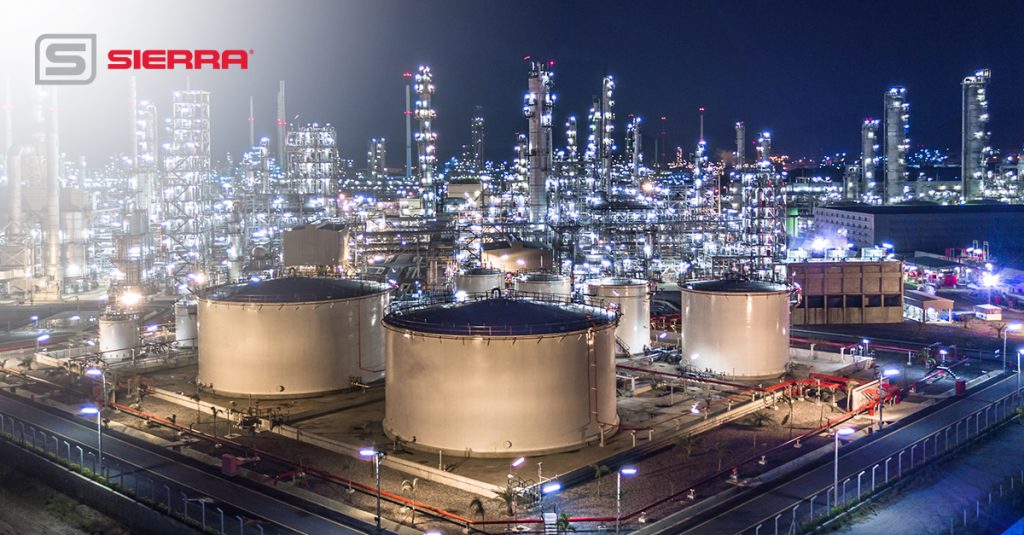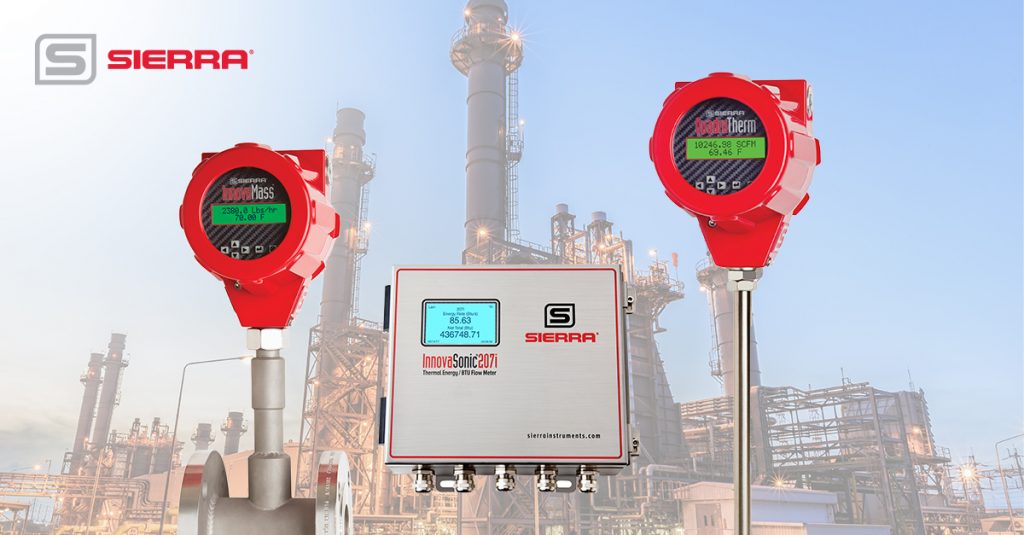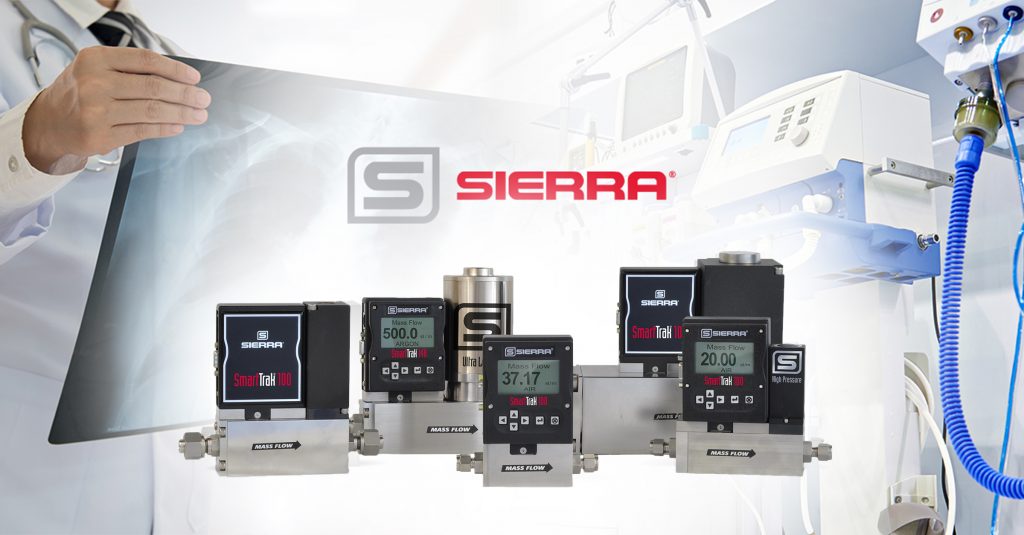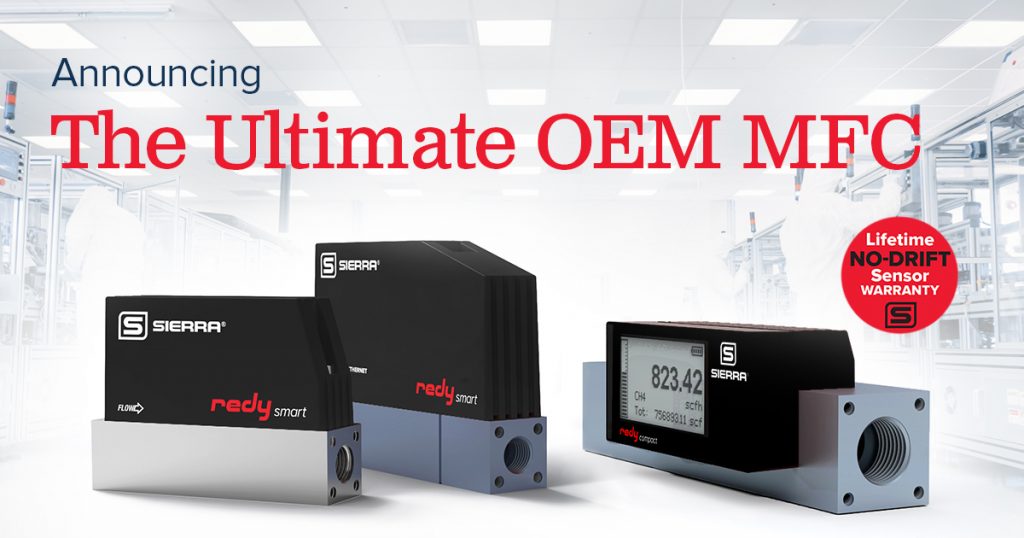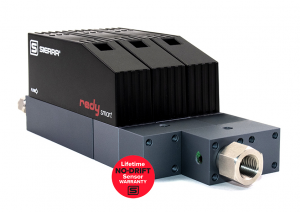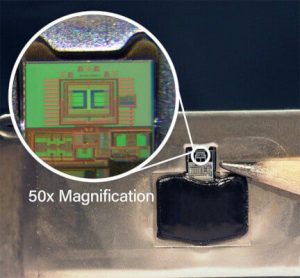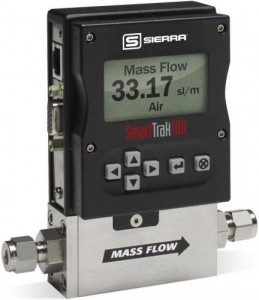The Challenges of Measuring Flare Gas
The associated gas generated from oil production has received a lot of attention recently. In many areas, the lack of gas collection infrastructure requires this gas to be flared off. Many jurisdictions now require flare gas monitoring in order to reduce emissions and to allocate taxes, fines, and other fees. Choosing the best tools for flare gas measurement can be a challenge, however, and there are a number of potential options on the market.
Below, we examine flare gas and why selecting a good measurement solution can be a challenge for oil and gas companies. Then, we explore the technologies available for flare gas monitoring and the pros and cons of each option.
Understanding Flare Gas Monitoring
Oil extraction processes such as hydraulic fracturing produce excess natural gases. Those gases need to be dealt with carefully, so they do not cause dangerous pressure increases at extraction sites. Harvesting the gases for other uses is not always possible due to cost and infrastructure challenges.
To get rid of the excess gas safely and efficiently, oil and gas companies use a process called “flaring” that burns it off.
The flaring process produces soot and carbon dioxide as gases are combusted. Those byproducts lead to environmental impacts when entering the atmosphere.
Increasingly, government organizations have set rules that require oil and gas companies to measure exactly how much gas is being flared. Investing in accurate, cost-effective measurement solutions is an important step for those companies to monitor greenhouse gas contributions and avoid costly fines.
Measuring the flow rate of flare gas is challenging because a flare is not a pure gas but a mixture of many different gases.
In order to correctly measure the total flare flow rate, the composition of the flare must be known. This is typically determined by taking a sample (a cut) and processing it through a gas chromatograph (GC).
Once the gas begins to flow from a well, operators need to account for this associated gas from day 1. This need requires a flow meter calibrated to measure the flow rate of the flare gas.
Virtually all current flow measurement technology requires a known composition for calibration. This presents a “chicken or egg” problem since the composition may not be known at start-up and will change over time. In many cases, a flow meter may be rendered inaccurate at best and inoperable at worst.
Below are some common solutions that oil and gas companies use to try and overcome that challenge.
Flare Gas Measurement Tools
Ultrasonic Flow Meters
Multi-path ultrasonic flow meters have been a common solution for applications with changing gas compositions. These meters are built into in-line pipe sections and measure the speed of sound through the flare gas to measure its density.
Ultrasonic flow meters are used in flare gas measurement because the technology works despite the changing gas composition characteristic of flare gas. The meters are also less likely to get clogged or dirty since they are not directly exposed to the flare gases, leading to reduced maintenance costs.
Another important feature of ultrasonic flow meters is that they measure mass flow instead of volumetric flow, providing more accurate readings through factors like temperature changes.
On the downside, the entire meter must be removed if pipe sections need to be cleaned. This process can lead to accuracy problems over time. Swirl and other flow profile effects can also influence the accuracy of ultrasonic flow meters.
Lastly, ultrasonic flow meters are an expensive solution. These meters compute flow rates using multiple paths with more paths translating to better measurements. Each of those paths adds to the cost of the meter and can make ultrasonic flow meters a costly investment.
Averaging Pitot Tubes
Averaging pitot tubes may also be used for flare gas monitoring. These tubes work by placing an obstruction directly in the gas flow and measuring the differential pressure of the flow on each side of the obstruction.
The benefit of averaging pitot tubes is that they measure average across the pipe rather than at one point. They are also a relatively inexpensive option.
Averaging pitot tubes are not an ideal solution for flare gas measurement, however, because they measure volumetric flow instead of mass flow. That key difference can impact the accuracy required to meet key government regulations. Averaging pitot tubes are also highly-prone to clogs and other issues since they are exposed directly to the gas flow. They have poor high and low flow (turndown) capabilities and are unable to measure changes in gas composition changes.
Thermal Gas Flow Meters
Traditionally, thermal gas flow meters have not been a good fit for flare monitoring because they require factory recalibration when gas composition changes. However, new advancements in thermal gas flow meter technology have overcome that obstacle, and thermal gas flow meters have emerged as a viable solution for flare gas measurement.
An important feature that makes thermal gas flow meters suitable for flare gas monitoring is that they can meet or exceed EPA CFR 40. Advanced thermal gas flow meters also remain highly accurate even when gas composition changes. Like ultrasonic flow meters, they measure mass flow for improved accuracy but also have additional benefits for flare gas measurement.
Sierra’s QuadraTherm® Flow Meters for Flare Gas Monitoring
Recent innovations in immersible thermal flow meter technology provide a solution to the “what came first” problem outlined above. Sierra’s QuadraTherm flow meter can accurately measure the mass flow of gases over a very wide turn-down.
Most importantly, users can change the meter’s calibration in the field to reflect the actual gas composition thanks to an industry-first algorithm called qMix™. This technology uses the NIST RefProp database of gases to calculate the heat transfer properties of complex gas mixtures and thus maintains meter accuracy.
qMix™ Mathematical Model – How It Works*
QuadraTherm’s advanced mathematical model operates a microprocessor-based system that provides the foundation for making in-the-field compositional compensation.
In a thermal mass flow meter, a velocity sensor measures the heat removed from a heated sensor by the flowing gas. Additional sensors measure other heat losses, such as those caused by natural convection, radiation, stem, and end loss. The heat removed by the flowing gas is proportional to the mass flow.
In operation, the four-temperature microprocessor-based system measures the resistance of each of four RTD sensors along with the current in the velocity sensor. The resistance values are converted to their four corresponding temperature values. The current to the velocity sensor is also converted to electrical power or wattage.
The four temperatures, the wattage, and the gas composition are the inputs to the system. The gas property algorithms calculate the updated properties of the gas (mass density, dynamic viscosity, thermal conductivity, and heat capacity). The system then computes the total mass flow rate in the pipeline – the desired output.
QuadraTherm meters can thus be stocked on the shelf, ready to go when a spare or new meter is needed. They can be installed easily and the sample gas composition programmed upon start-up of the well, thus ensuring day 1 flow measurement accuracy.
Selecting a Flare Gas Measurement Solution
These features demonstrate how Sierra’s QuadraTherm® flow meters have emerged as the clear frontrunner for flare gas measurement. Wide turndown, direct mass flow measurement, and advanced day 1 accuracy make QuadraTherm® meters the most accurate and economic flare gas measurement tool for oil and gas applications.
See our flare gas flow meter options and benefits.
Download “New Developments in Thermal Dispersion Mass Flow Meters: In-The-Field Compensation for Changes in Natural Gas Composition” for more information on advances of QuadraTherm with qMix.
*Reference: Blog copy reprinted from Olin, J. G. 2014. New Developments in Thermal Dispersion Mass Flow Meters: In-The-Field Compensation for Changes in Natural Gas Composition. Presented at 2014 American Gas Association Operations Conference, Pittsburgh, PA, May 20-23, 2014.


 April 11, 2023
April 11, 2023 
